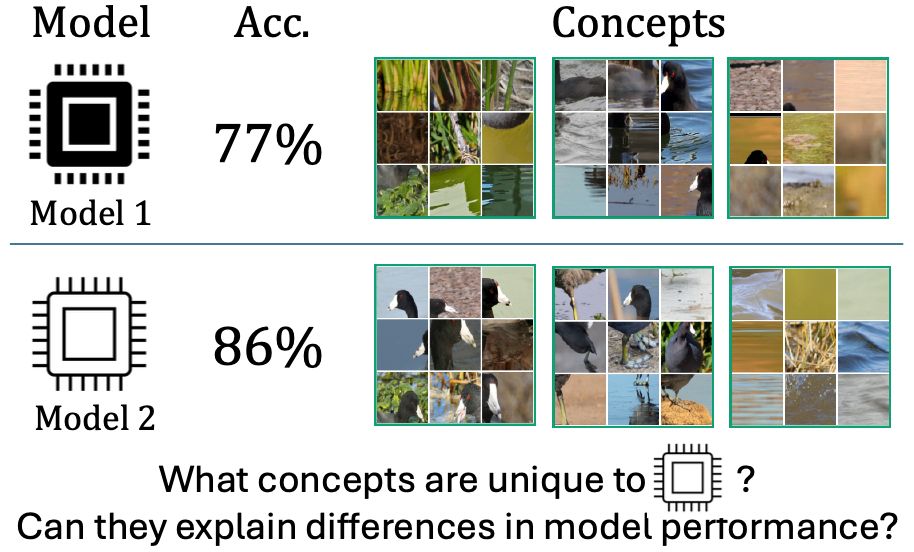Neehar Kondapaneni
@therealpaneni.bsky.social
56 followers
500 following
19 posts
Researching interpretability and alignment in computer vision.
PhD student @ Vision Lab Caltech
Posts
Media
Videos
Starter Packs








